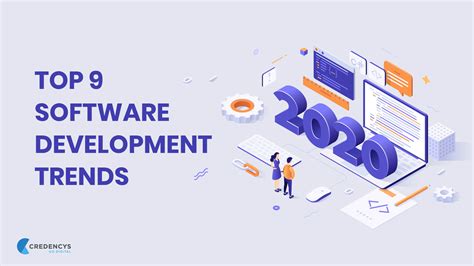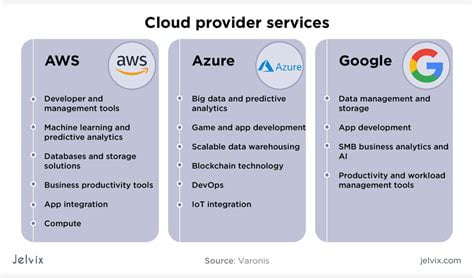Big data has been a buzzword in the technology industry for quite some time now. But what about 5? Are they the same thing? In this article, we’ll explore the differences between 5 and big data and help you understand which one is right for your business needs.
5 is a term used to describe a dataset that is relatively small in size. It is typically used in contrast to big data, which refers to datasets that are too large to be processed by traditional data processing applications.
How is 5 different from big data?
5 is different from big data in several ways:
1. Size: 5 refers to datasets that are relatively small in size, typically ranging from a few hundred megabytes to a few gigabytes. Big data, on the other hand, refers to datasets that are too large to be processed by traditional data processing applications.
2. Complexity: 5 datasets are typically less complex than big data datasets. They are often structured and can be easily analyzed using traditional data processing techniques, such as SQL queries. Big data datasets, on the other hand, are often unstructured and require more advanced analytical tools, such as machine learning algorithms.
3. Cost: Because 5 datasets are smaller and less complex than big data datasets, they are often less expensive to process and analyze.
5 is often used in situations where a smaller dataset is sufficient for the task at hand. For example:
1. Market research: 5 datasets can be used to gain insights into market trends, consumer behavior, and other important business metrics.
2. Website analytics: 5 datasets can be used to track website traffic, user behavior, and other website metrics.
3. Customer relationship management: 5 datasets can be used to manage customer data, track customer interactions, and gain insights into customer behavior.
What are some examples of 5 datasets?
Some examples of 5 datasets include:
– Sales data for a small business
– Website traffic data for a small blog
– Customer data for a small retail store
Can 5 datasets be combined with big data?
Yes, in fact, combining 5 datasets with big data can provide a more comprehensive view of a particular business problem. For example, a small business may analyze its sales data (a 5 dataset) with social media data (a big data dataset) to gain insights into how customers are interacting with the brand.
Is 5 suitable for all business needs?
No, 5 is not suitable for all business needs. If your business requires the analysis of large, complex datasets, then big data may be more appropriate.
What are the benefits of using 5?
The benefits of using 5 include:
– Lower cost: 5 datasets are often less expensive to process and analyze than big data datasets.
– Faster analysis: Because 5 datasets are smaller and less complex, they can be analyzed more quickly than big data datasets.
– Easier analysis: 5 datasets are often structured and can be easily analyzed using traditional data processing techniques, such as SQL queries.
Some pros of using 5 include:
– Lower cost
– Faster analysis
– Easier analysis
Here are some tips for working with 5 datasets:
– Use traditional data processing techniques, such as SQL queries, to analyze the data
– Keep the dataset organized and structured
– Use visualization tools to help gain insights from the data
In conclusion, 5 and big data are two different things. 5 refers to smaller datasets that are typically less complex and less expensive to process and analyze. It is often used in situations where a smaller dataset is sufficient for the task at hand. If your business requires the analysis of large, complex datasets, then big data may be more appropriate.
 Eltupe Technology And Software Updates
Eltupe Technology And Software Updates



